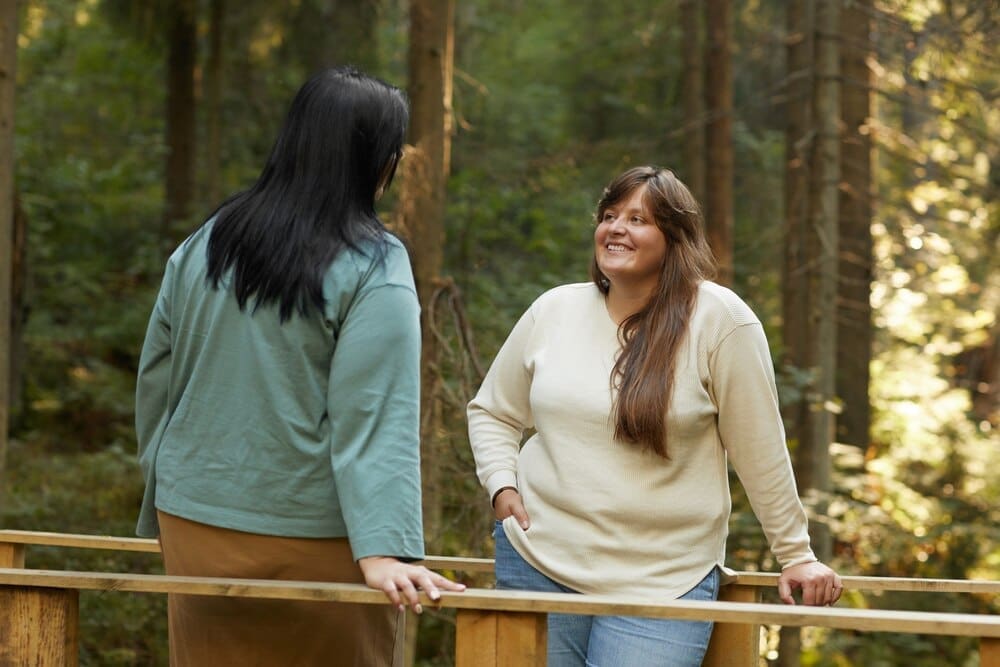Becoming your own best friend is a profound and active psychological practice, essential for navigating life’s inherent challenges with resilience and grace. It involves consciously extending the same kindness, support, and understanding to yourself that you would offer a cherished friend, especially during moments of failure, stress, or self-doubt. This internal shift, available to anyone at any stage of life, is not about mere positive thinking but is a foundational skill for mental well-being, proven to reduce symptoms of anxiety and depression, foster healthier relationships, and build a more authentic and fulfilling existence.
What It Truly Means to Be Your Friend
The concept of being your own best friend is often misunderstood, mistaken for self-indulgence, narcissism, or selfishness. In reality, it is the exact opposite. It is the practice of self-compassion, a term extensively researched by psychologist Dr. Kristin Neff, which forms the bedrock of this internal relationship.
Think about how you treat a close friend who is struggling. You likely listen without judgment, offer words of encouragement, remind them of their strengths, and validate their feelings. You don’t berate them for their mistakes or tell them they are worthless. The core principle of self-friendship is learning to turn that same compassionate lens inward.
This means abandoning the harsh inner critic that so many of us harbor. It means replacing the voice of self-judgment with one of gentle encouragement and understanding. It is a commitment to showing up for yourself, consistently and unconditionally.
The Three Pillars of Self-Compassion
Dr. Neff’s research identifies three core components of self-compassion that serve as a practical framework for becoming your own friend. Mastering these elements transforms the way you relate to your own suffering and imperfection.
1. Self-Kindness vs. Self-Judgment
Self-kindness is the active practice of being gentle and understanding with yourself when you are suffering, feel inadequate, or make a mistake. It is the antidote to the often-automatic response of self-criticism and judgment. Instead of attacking yourself for a failure, you offer warmth and unconditional acceptance.
For example, if you perform poorly on a work project, the self-judgmental response might be, “I’m so incompetent. I always mess things up.” A self-kind response would be, “This is really disappointing, and it’s okay to feel upset. Many people struggle with this kind of task. What can I learn from this experience?”
2. Common Humanity vs. Isolation
This pillar involves recognizing that suffering and personal imperfection are part of the shared human experience. When we fail or feel pain, our first instinct is often to feel isolated, as if we are the only ones going through it. This feeling of separation only deepens our distress.
Common humanity connects us to others. It’s the understanding that everyone makes mistakes, everyone feels insecure, and everyone experiences hardship. Acknowledging this reality helps normalize our struggles, making them feel less personal and overwhelming. It’s the simple but powerful recognition that “I am not alone in this.”
3. Mindfulness vs. Over-Identification
Mindfulness is the practice of observing our thoughts and feelings as they are, without suppressing them but also without getting carried away by them. It requires taking a balanced approach to our negative emotions so that they are neither exaggerated nor ignored.
Over-identification occurs when we become consumed by our feelings, allowing a single negative event or emotion to define our entire reality. Mindfulness creates a space of awareness, allowing us to step back and observe our pain with perspective. We can say, “I am noticing a feeling of sadness,” rather than, “I am sad.” This subtle shift prevents us from being swept away by the storm of emotion.
An Actionable Guide to Self-Friendship
Understanding the theory is the first step; putting it into practice is where true transformation occurs. Here are concrete strategies to cultivate a stronger, kinder relationship with yourself.
Challenge Your Inner Critic
Your inner critic is the voice of self-judgment. The first step is to simply notice it. When you hear that harsh, critical internal monologue, pause and identify it as your inner critic, not as objective truth. Then, actively reframe the thought from a compassionate perspective, as if you were speaking to a friend.
This technique, known as cognitive reframing, is a cornerstone of Cognitive Behavioral Therapy (CBT). By consistently questioning and changing your negative self-talk, you weaken the critic’s power and build a new, more supportive internal dialogue.
Set and Maintain Healthy Boundaries
Boundaries are the limits we set in relationships to protect our well-being. They are not walls to keep people out but guidelines to teach others how to treat us respectfully. Saying “no” to a request that would drain your energy is not selfish; it is a profound act of self-respect and friendship.
Setting boundaries also applies to your own behavior. It might mean limiting your time on social media to avoid comparison, ensuring you get enough sleep, or refusing to engage in self-destructive habits. Boundaries are a declaration that your needs, energy, and mental health are a priority.
Prioritize Your Needs Without Guilt
A good friend would never want you to run on empty. They would encourage you to rest, eat well, and take time for yourself. You must become this advocate for your own well-being. Self-care is not a luxury; it is the essential maintenance required for your physical and mental health.
This includes prioritizing adequate sleep, nourishing your body with healthy food, engaging in regular physical activity, and making time for activities that bring you joy and relaxation. Learning to do this without feeling guilty is a critical part of being your own ally.
Celebrate Yourself
We are often quick to focus on our flaws and failures while completely overlooking our accomplishments. A good friend celebrates your wins, no matter how small. Start practicing this for yourself.
Acknowledge your effort, not just the outcome. Did you finally make that difficult phone call? Celebrate it. Did you stick to your workout plan for a week? Acknowledge it. This practice of self-acknowledgment builds confidence and reinforces positive behaviors, creating an upward spiral of self-worth.
Learn to Forgive Yourself
Holding onto past mistakes is like carrying a heavy weight that serves no purpose. Self-forgiveness is about accepting that you did the best you could with the knowledge and resources you had at the time. It is not about condoning a harmful action but about releasing yourself from the prison of shame and regret.
To practice self-forgiveness, acknowledge the pain you caused yourself or others, accept the reality of what happened, and make a conscious decision to learn from it and let it go. This act of grace is one of the kindest things you can do for your long-term mental health.
Conclusion: The Lifelong Practice of Showing Up for Yourself
Becoming your own best friend is not a destination you arrive at but a continuous, moment-to-moment practice. It is the commitment to treat yourself with the same unwavering compassion, support, and encouragement you would offer someone you deeply love. By embracing self-kindness, acknowledging your shared humanity, and mindfully navigating your emotions, you build an unbreakable foundation of inner resilience. This relationship is the most important one you will ever have, and nurturing it is the key to a more peaceful and authentic life.












